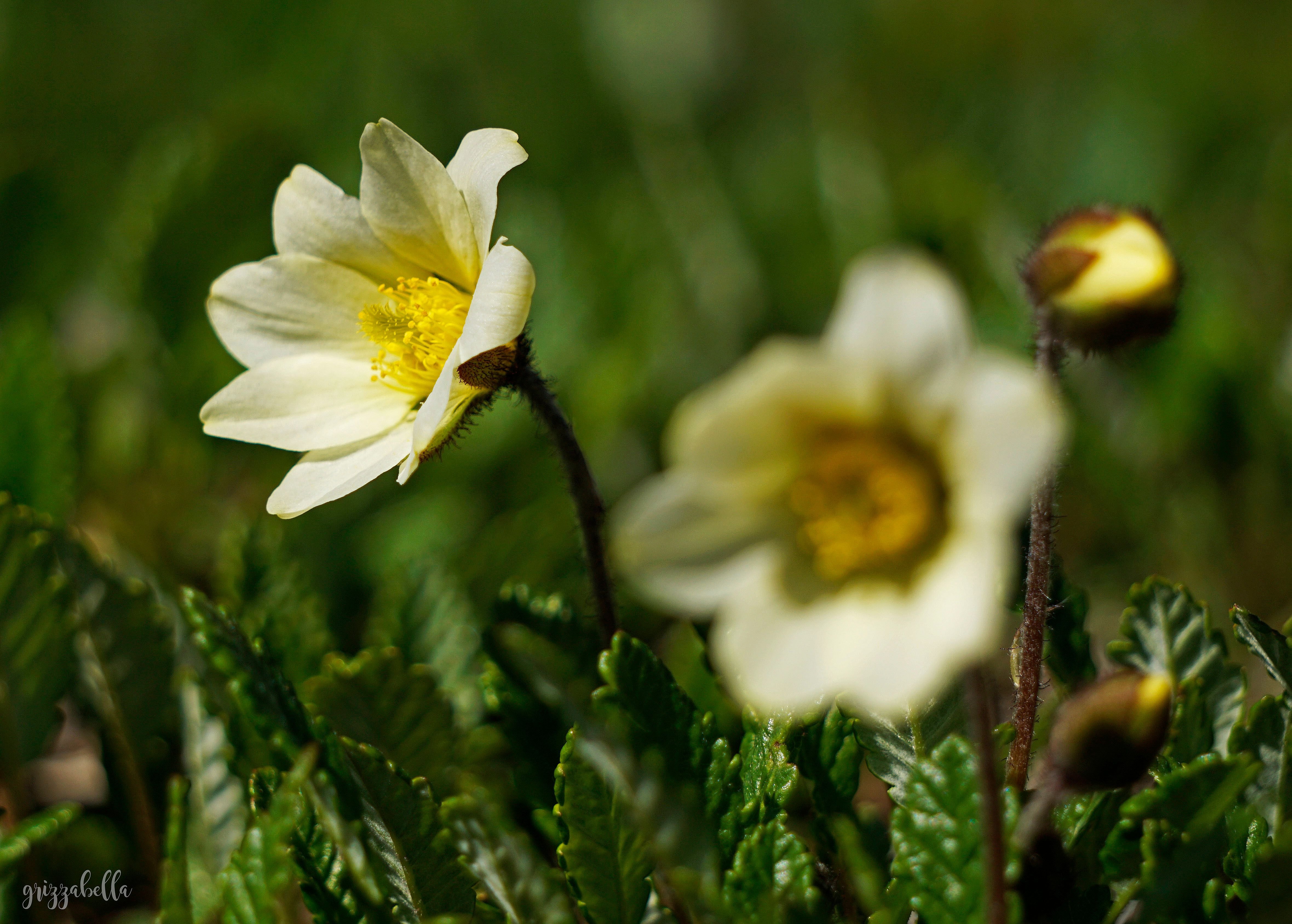Da ich die Pflanzen- und Makrofotografie liebe, hatte ich vor einigen Tagen beschlossen, eine neue Serie Was blüht denn da? zu starten. Leider habe ich es diese Woche nicht in den Botanischen Garten geschafft. Aber ich möchte euch heute eine Pflanze vorstellen, die ich bei meinen letzten Besuch fotografiert habe.
Since I love plant and macro photography, I decided a few days ago to start a new series What's that flower? Unfortunately, I didn't make it to the botanical garden this week. But today I would like to introduce you to a plant that I photographed during my last visit.
Weiße Silberwurz / White dryas - Dryas octopetala (L.)
Im Kieler Botanischen Garten ist sie im Bereich des Alpinums angesiedelt, was sich dadurch erklärt, da es sich um eine arktisch-alpin verbreitete Art handelt. Dies bedeutet, diese Pflanze ist nicht nur in den Alpen und Gebirgen Mittel- und Südeuropas verbreitet sondern auch in den arktischen Regionen, aber z.B. auch in Sibirien und Nordeuropa.
Die Silberwurz wuchs bereits zum Ende des Pleistozäns, welche auch Jüngere Dryaszeit (ca. 10000 v.Chr.) genannt wird, und ist vielerorts fossil gut erhalten. Sie dient daher als exemplarischer Klima-Indikator arktischer Verhältnisse und glazialer Perioden.
Blütezeit: in niedrigeren Regionen ab Mai, ansonsten Juni bis Juli, in Hochlagen und der Arktis von Mitte Juli bis Mitte August.
In Kiel's Botanical Garden it is located in the Alpine area, which is explained by the fact that it is an Arctic-Alpine species. This means that this plant is not only common in the Alps and mountains of Central and Southern Europe but also in the Arctic regions, but as well in Siberia and Northern Europe.
The dryas already grew at the end of the Pleistocene, which is also called the Younger Dryas Period (ca. 10000 B.C.), and is well preserved in many places. It therefore serves as an exemplary climate indicator of arctic conditions and glacial periods.
Flowering period: in lower regions from May, otherwise June to July, in higher altitudes and the Arctic from mid-July to mid-August.
Bisherige Posts aus dieser Serie / Previous posts from this series:
Essbare Prärielilie - Camassia quamash

